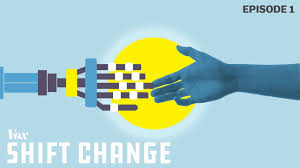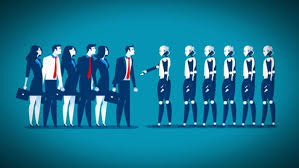Future of Work Part Six, circa 2011.
To Free or not to Free…
The new economy paradigm:
- Information and communication should be free. (Internet users bill of rights)
- Tools cost money. And are worth it.
- Content should be shared (free-ish.)
- How should we treat Google? Let’s let them do their thing, they are already going off-piste.
(Big question – Should service be free? SaS.)
Implication for FOW: We need to create value and charge for it. If people are will to pay for virtual goods, they should be willing to pay for improved achievements.
Well I’m not sure virtual goods lasted more than a few months but certainly value is still worth something. I have to admit, though, most of the apps on my phone are free. Ad supported or not the digital world is still filled with free. And I know one particular technology company that is thriving, in part, thanks to giving away IP and code. Often I argue that altruism isn’t a brand plank, but in the case of this company (and client) raising all boats is. It’s who they are — part of their mystique.
So honestly, to free or not to free is still exists today as a business conundrum. At What’s The Idea? I offer a free day of planning to good prospects. It’s often how I get to fee.
Peace.





